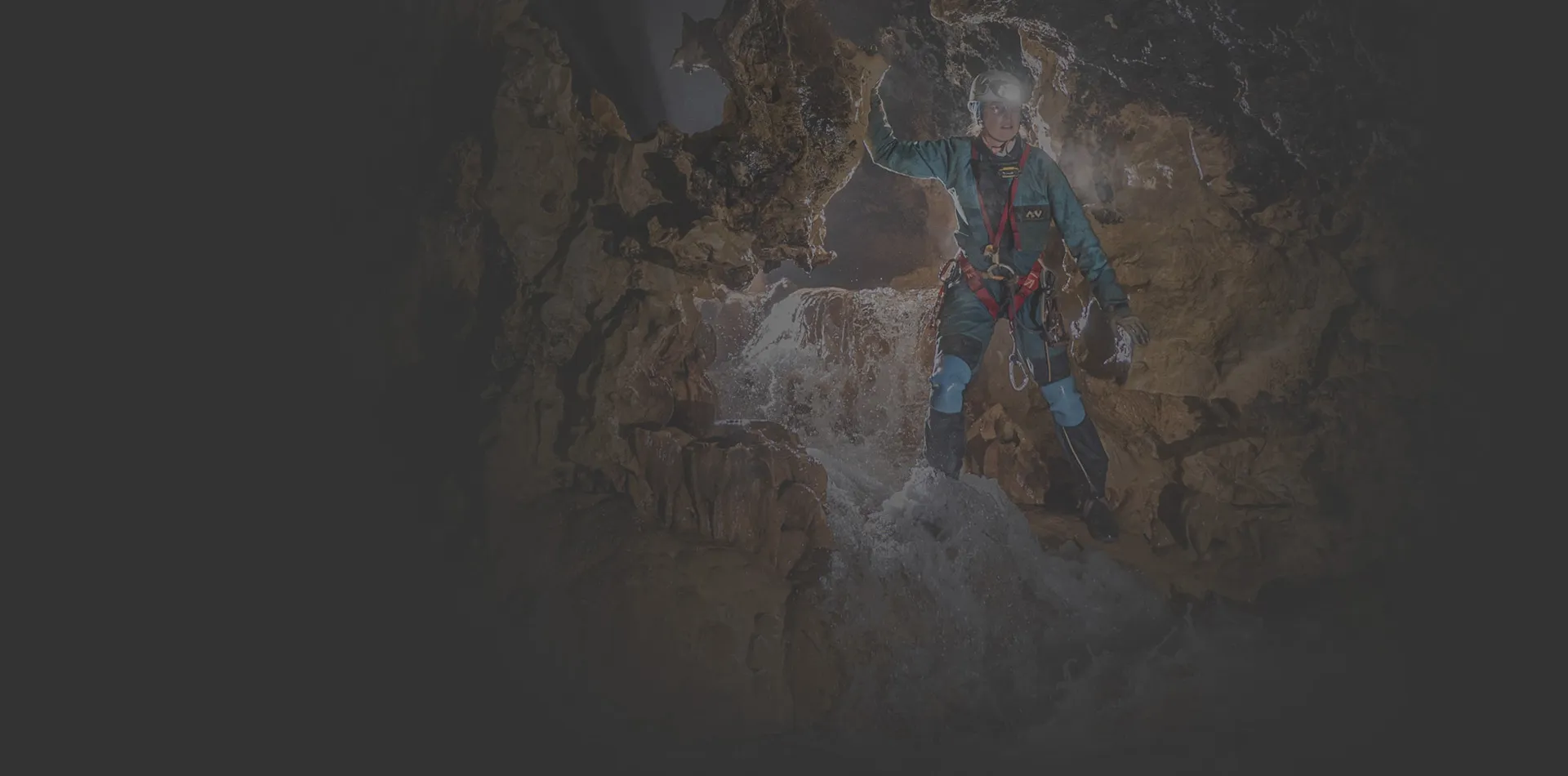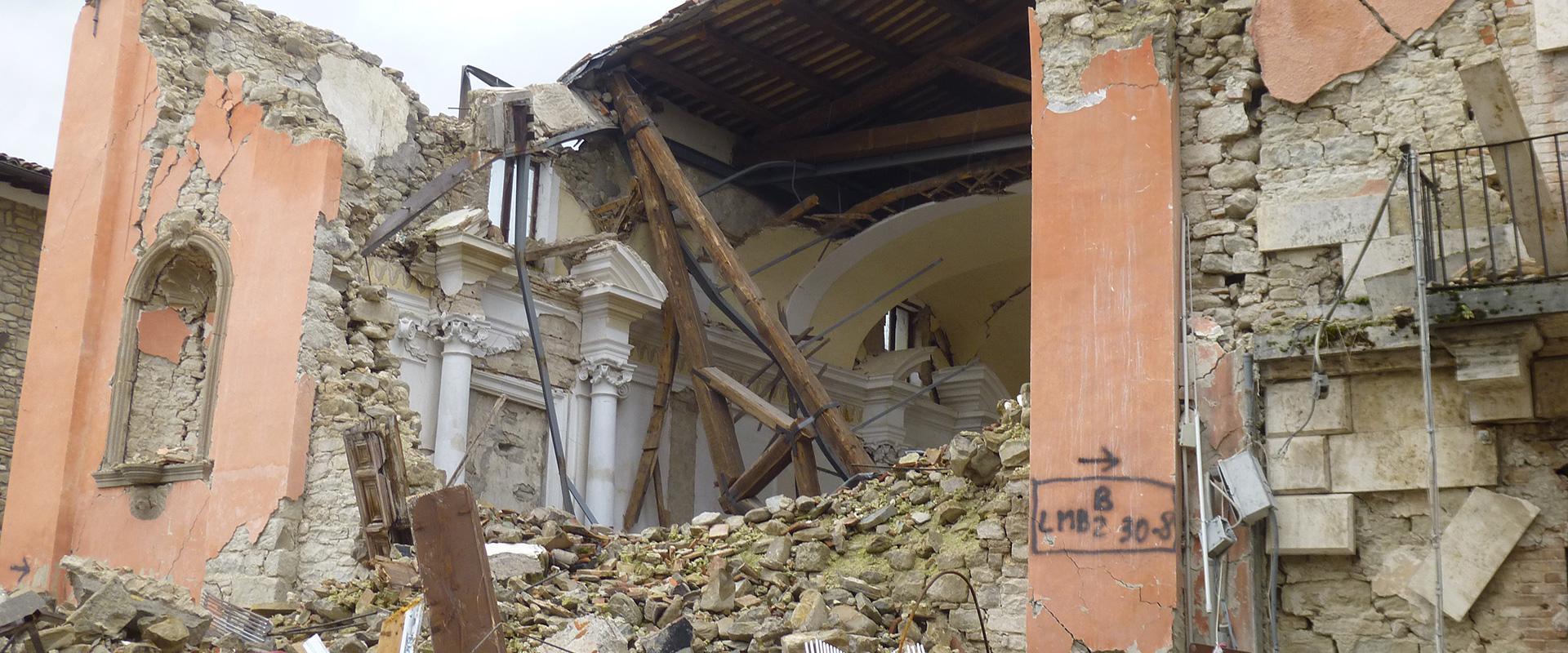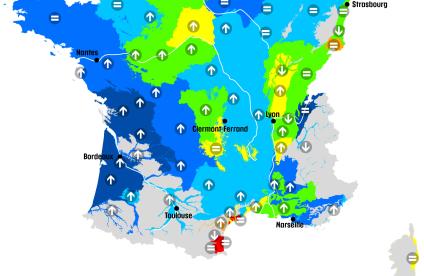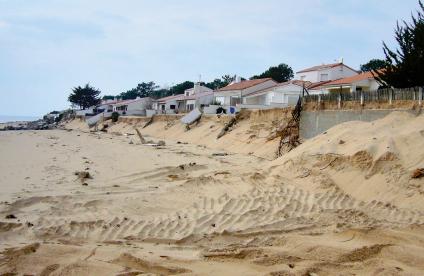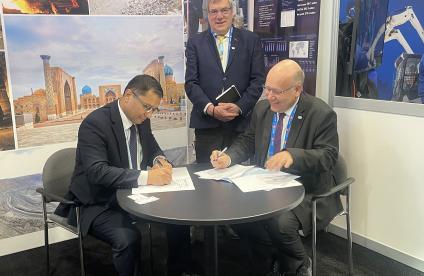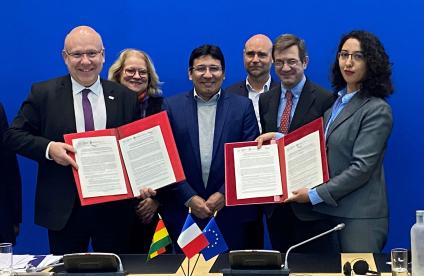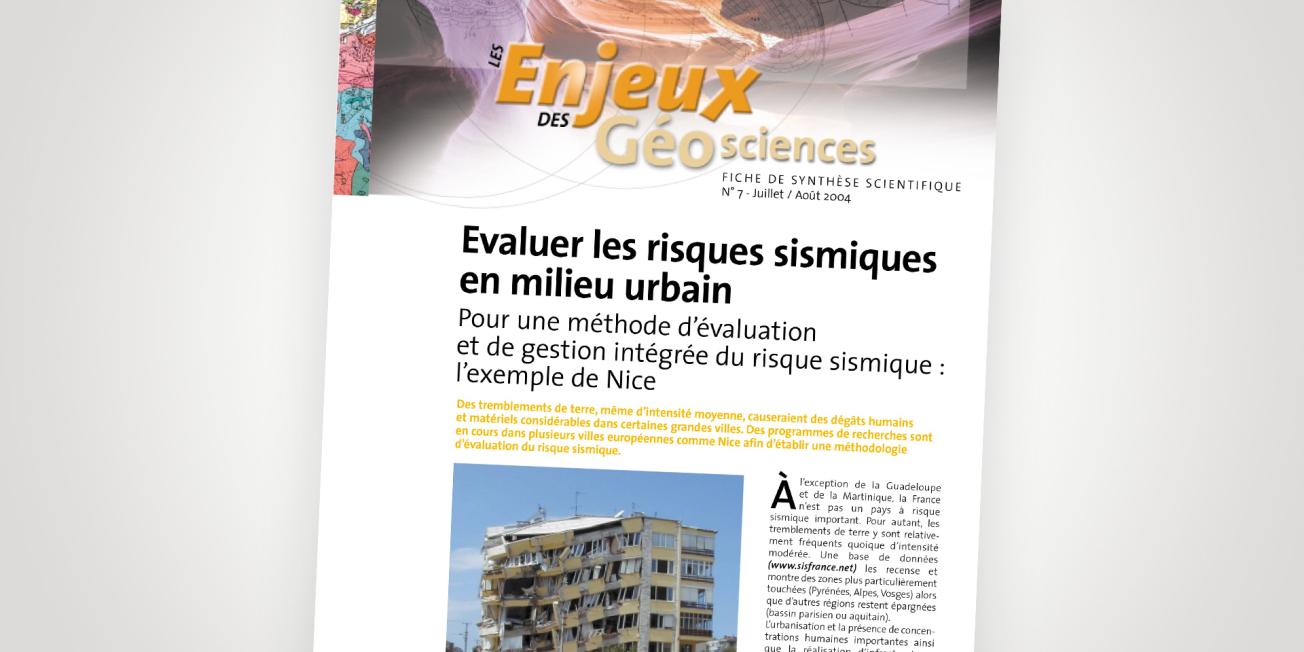
Cover of the thematic file.
© BRGM
An integrated seismic risk assessment and management method: the example of Nice
With the exception of Guadeloupe and Martinique, France is not a country at significant seismic risk. Nevertheless, earthquakes are relatively frequent, although of moderate intensity. A database lists them and shows those areas that are more affected (Pyrenees, Alps, Vosges) while other regions remain unscathed (Paris basin or Aquitaine).
However, urbanisation and dense population areas as well as the construction of vulnerable infrastructures (nuclear power plants, viaducts, chemical industries, dams) can represent real risks in the event of earthquakes occurring. France has been divided into seismic zones with different seismic movements according to the zones.
Several major French and European programmes have been implemented to assess seismic risks. The SAFE project (Slow Active Faults in Europe) brings together 12 scientific institutions from 8 European countries including, in France, BRGM and the University of Paris VI. The programme, which has focused on the Mulhouse region in particular, aims to develop an expert system for identifying slow-moving active faults and for the reliable assessment of seismic hazards in Europe.
